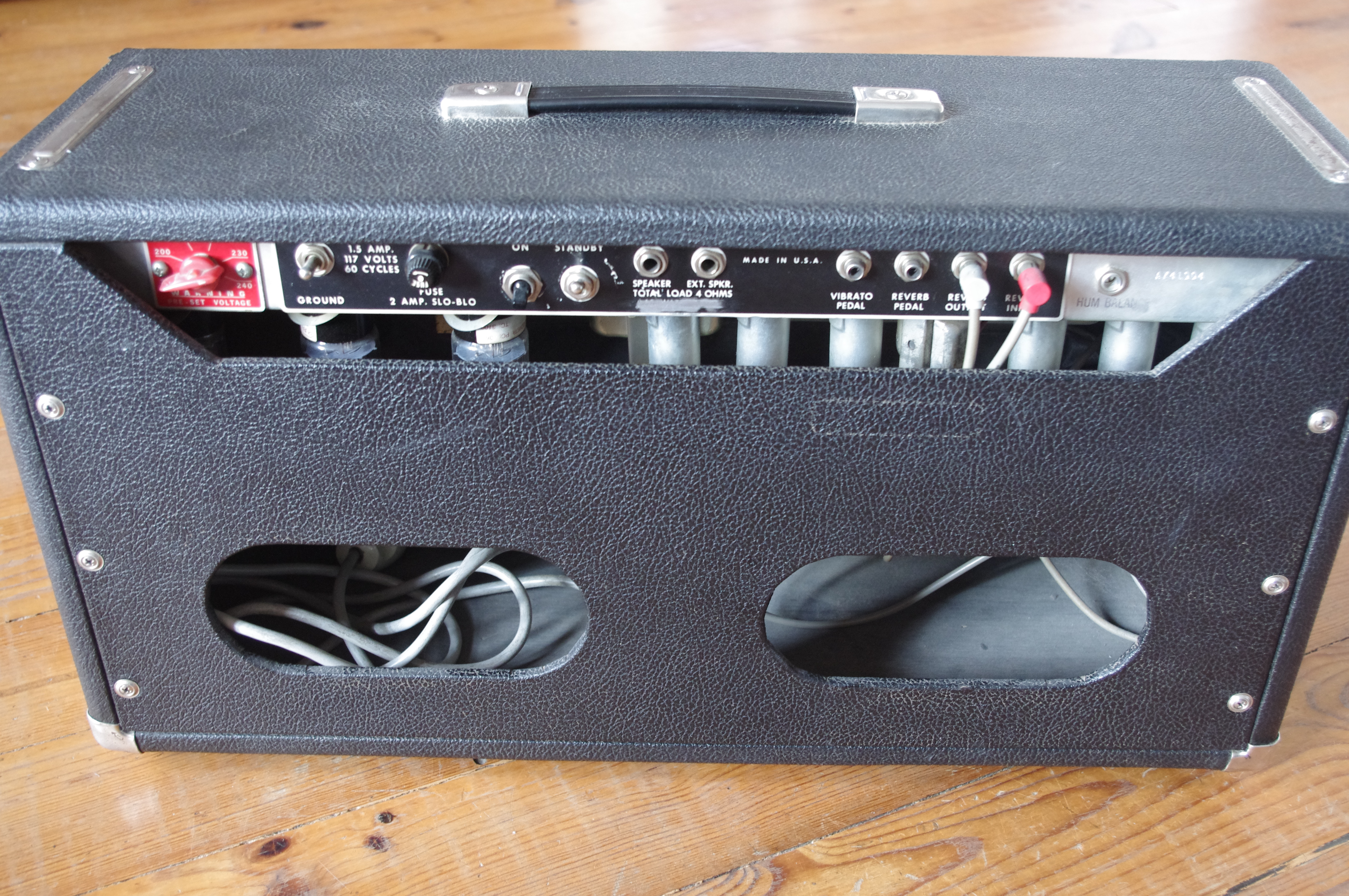

Over the course of the 70s, the Japanese output improved dramatically, and in many ways these early 70s models are a low point for the brand. TFL5000D Domestic Fender Dual Showman Reverb TFL5000X Export Fender Dual Showman Reverb TFL5005D Domestic Fender Bandmaster Reverb TFL5005X Export Fender Bandmaster Reverb I believe that TFL Too Freaking Loud I believe that the TFL will only be on Reverb units from approximately 1968-1973.

These new Epiphones were based on existing Matsumoku guitars, sharing body shapes, and hardware, but the Epiphone line was somewhat upgraded, with inlaid logos and a 2x2 peghead configuration. were kept as close as possible to the original part to preserve the stock 'tone'. 1965 Fender Bandmaster Head Cab: AB763 Tone Review and Demo 26.7K subscribers Subscribe 108K views 9 years ago (855) 790-8490. The Matsumoku factory had been producing guitars for export for some time, but the 1820 bass (alongside a number of guitar models and the 5120 electric acoustic bass) were the first Epiphone models to be made there. Fender Bandmaster and Bandmaster Reverb, 40 Watts Physically, parts were designed to look similar to original factory units (where possible).

By the end of the 1960s, a decision had been made to move Epiphone guitar production from the USA (at the Kalamazoo plant where Gibson guitars were made), to Matsumoto in Japan, creating a line of guitars and basses significantly less expensive than the USA-built models (actually less than half the price).


 0 kommentar(er)
0 kommentar(er)
